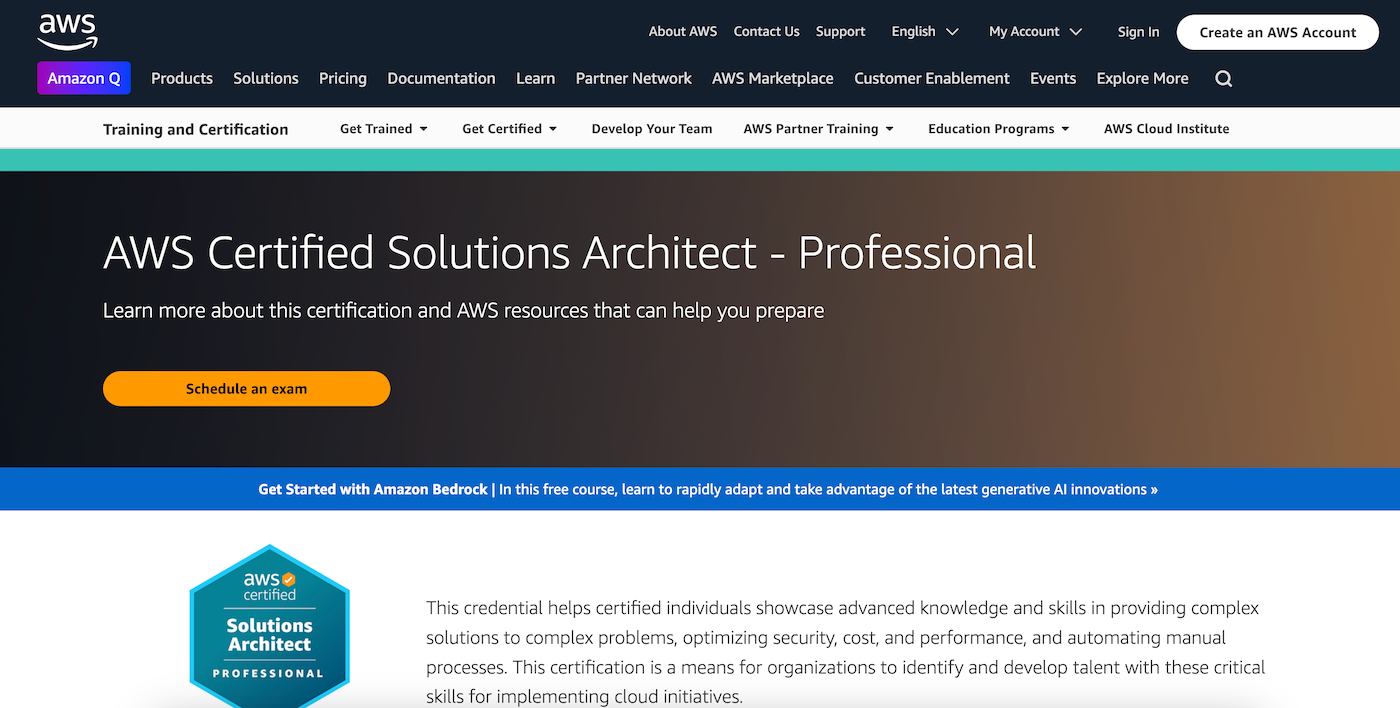In most places the chief data officer is a new position, and companies aren’t sure what to expect. Here’s how to hit the ground running in your new role.
The role of the chief data officer (CDO) continues to grow in organizations around the country, with the number of companies now using CDOs in the thousands. The CDO commonly reports directly to the CEO, and is responsible for the strategies, policies, utilization, governance, and management of data as a corporate asset. While the CDO is accountable to the CEO and the board, he or she also supports the end business, the digitization effort, big data and data science, and IT.
SEE: Report: SMB’s unprepared to tackle data privacy (TechRepublic Premium)
The CDO position is an invention of the 21st century, and many companies are still trying to understand the position. Having started two newly created positions in my own career, I understand the difficulties that arise when a company brings in someone at your skill level for a new position but doesn’t really have a clear idea of what you should be doing.
The company’s view is simple: You were hired for the new position, so it’s your job to develop it and to create business value.
This is the situation most CDOs find themselves in today: So what should you be doing?
Focus on optimizing digitization and big data
The COVID-19 crisis has generated compelling business use cases for video, remote work, automation, Internet of Things (IoT) monitoring and web data harvesting.
SEE: How to be a successful Chief Data Officer: 3 tips (TechRepublic)
Some of these sources are easier to control and monitor than others, but all require governance, security, and privacy policies. Company departments like IT work on these initiatives, but no one has an overarching view of all of the data. This is what the CDO can do. They can also review data management practices to see where there are gaps in governance that need to be resolved and push for improvements.
Create consistent, democratized data
If a company is ever going to leverage its data for maximum value, the data must be usable across the enterprise. The same data must also be consistent so that two different business units don’t come up with widely disparate results because they are using different data.
SEE: Navigating data privacy (free PDF) (TechRepublic)
Guaranteeing that data is consistent and accessible is a primary function of the CDO. To do this job, the CDO must discover the various data “pockets” or silos that exist in user departments throughout the company, in addition to the types of data that these silos contain. The CDO then needs to work with experts in the IT database and application areas to ensure that disparate data that are describing the same data element are given the same data name to make the data consistent. As part of this effort, the IT database group might create a master data repository from which all corporate data system extracts are drawn. This is an area where the CDO should be integrally involved as a steward of the data.
Manage data assets
At the same time that the CDO focuses on uncovering hidden troves of enterprise data, he or she should also be looking for data that is never or seldom used. It’s expensive to store and process data that isn’t needed.
SEE: These Microsoft Azure tools can help you unlock the secrets lurking in your business data (TechRepublic)
Keep data front and center
Being a data steward isn’t going to attract the same allure and attention as sending a rocket to Mars, or even implementing 5G. In fact, if data stewardship and management are done well, they can quickly become mundane jobs, with the only hope for attention being a data security breach, which you never want.
SEE: How to be a successful Chief Data Officer: 3 tips (TechRepublic)
Consequently, a major task for the CDO is to keep data “front and center” in the eyes of upper management and the board. This can be done by monthly reporting on the “state of data” throughout the enterprise.





